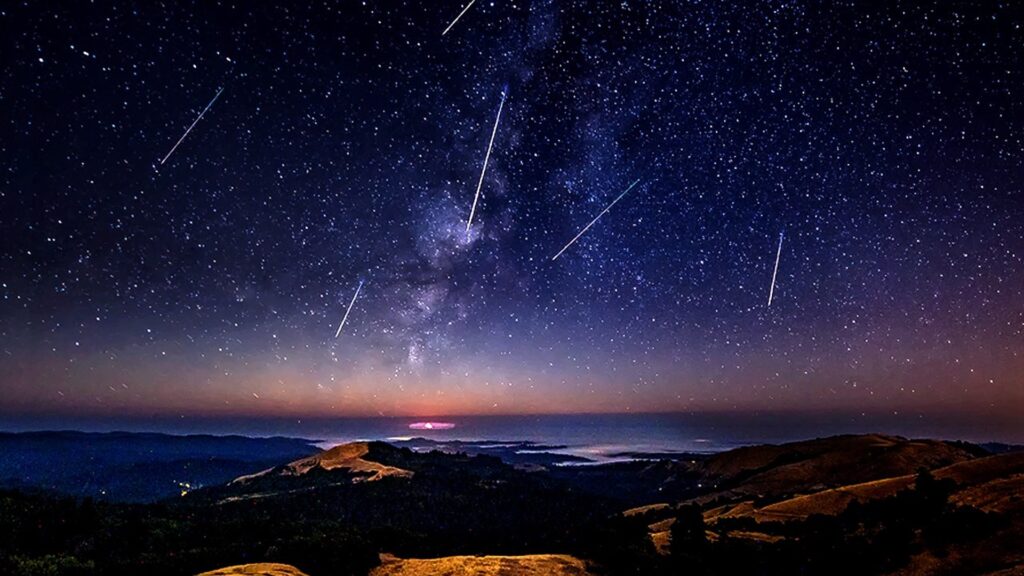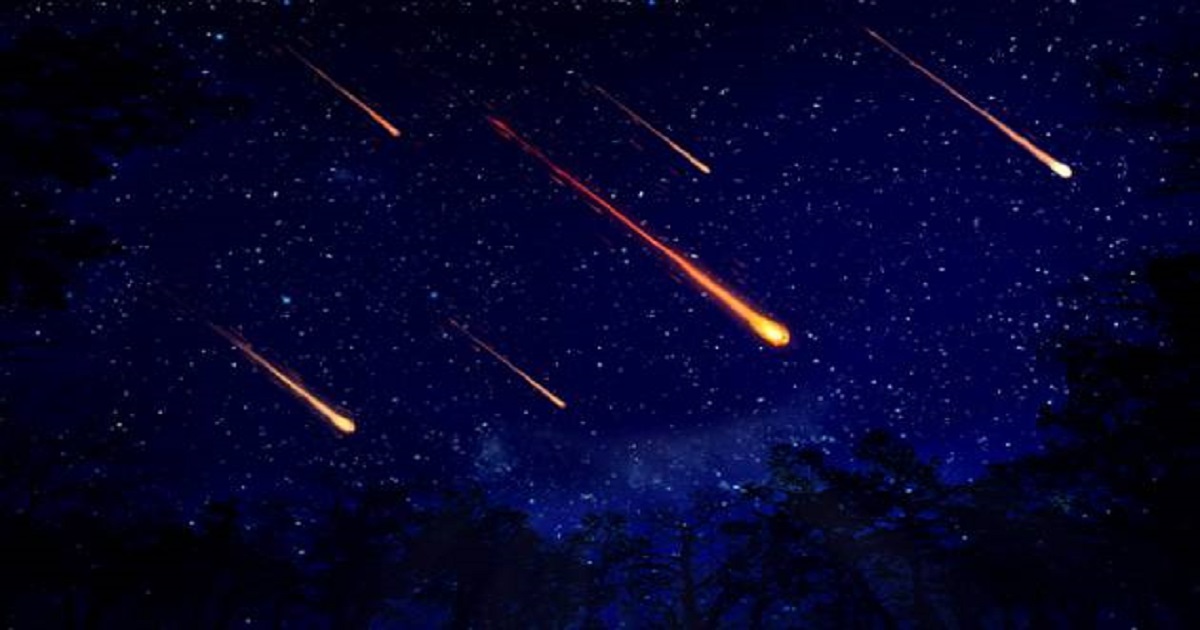Melbourne’s residents were recently treated to a spectacular celestial display as a possible meteor was spotted blazing through the night sky.
This rare phenomenon captured the attention and imagination of many, leading to a flurry of social media posts and news reports.
Meteors, often called “shooting stars,” are fragments of space debris that ignite upon entering Earth’s atmosphere, creating a bright streak of light.
This event has not only sparked excitement but also curiosity about the nature of meteors and their impact on Earth.
In this listicle, we will delve into the details of this extraordinary event, the science behind meteors, and the broader implications for astronomy enthusiasts and scientists alike.
1. The Spectacular Sighting
On a clear night, Melbourne’s skies were lit up by a brilliant streak of light, believed to be a meteor. Witnesses described the sight as a dazzling fireball moving rapidly across the sky.
This unexpected spectacle was visible for several seconds, providing ample time for many to capture it on their phones and cameras.
The meteor’s brightness and speed made it an unforgettable sight, leading to widespread reports and discussions about what exactly was seen.
2. What Are Meteors?
Meteors are small fragments of asteroids or comets that enter Earth’s atmosphere. When these space rocks travel at high speeds and encounter the friction of the atmosphere, they burn up, creating a bright streak of light often referred to as a “shooting star.”
While most meteors are tiny and disintegrate completely, some larger ones can survive the journey and reach Earth’s surface as meteorites. The recent meteor sighting in Melbourne is a classic example of this awe-inspiring natural phenomenon.
3. The Science Behind the Blaze
The luminous trail left by the meteor is a result of intense friction between the meteoroid and the Earth’s atmosphere.
As the meteoroid enters the atmosphere at speeds of up to 70 kilometers per second, it compresses the air in front of it, heating both the air and the meteoroid to extreme temperatures.
This causes the meteoroid to emit bright light and sometimes even break apart. The specific colors observed in the meteor’s trail are due to the varying chemical compositions of the meteoroid’s material.
4. Eyewitness Accounts
Social media was flooded with eyewitness accounts of the meteor, with many describing it as one of the most spectacular sights they had ever seen.
Some reported hearing a faint hissing sound as the meteor passed, while others were simply mesmerized by its brightness and speed.
Videos and photos shared online helped corroborate these accounts, showing a bright, fast-moving object streaking across the night sky.
These firsthand reports play a crucial role in helping scientists analyze and understand such events.
5. The Role of Meteor Showers

Meteor showers occur when Earth passes through the debris trail left by a comet. During these periods, multiple meteors can be seen per hour.
While the recent meteor sighting in Melbourne may not be linked to a specific meteor shower, it has nonetheless sparked interest in upcoming showers such as the Perseids and Geminids.
Meteor showers provide an excellent opportunity for both amateur and professional astronomers to study meteors and gather valuable data.
6. Impact on the Scientific Community
Meteor sightings like the one in Melbourne are significant for the scientific community. They offer a rare opportunity to study meteoroids’ composition and behavior.
Scientists can analyze the meteor’s trajectory, speed, and the light it emits to learn more about its origin and the materials it contains.
This data can contribute to our understanding of the solar system’s history and the processes that shape celestial bodies.
7. Public Fascination and Cultural Significance
Meteors have fascinated humans for centuries, often being interpreted as omens or messages from the gods in various cultures.
Today, they continue to captivate public imagination, symbolizing the vastness and mystery of space. Events like the Melbourne meteor sighting remind us of our place in the universe and inspire a sense of wonder and curiosity about the cosmos.
This cultural significance is reflected in literature, art, and media, where meteors often appear as symbols of change or destiny.
8. Meteorite Hunting and Collection
Following a meteor sighting, some individuals embark on meteorite hunts, searching for fragments that may have survived the fiery descent. These meteorites can be valuable both scientifically and financially.
Collectors and museums prize them for their rarity and the insights they provide into space. In the wake of the Melbourne event, there is likely to be increased interest in finding any possible meteorite remnants, contributing to the ongoing study and appreciation of these space rocks.
9. Preparing for Future Sightings
While meteor sightings are unpredictable, there are ways to increase the chances of witnessing one.
Staying informed about upcoming meteor showers, finding a location with minimal light pollution, and being patient during peak viewing times can enhance the experience.
Additionally, using tools like meteor tracking apps and joining local astronomy clubs can provide guidance and support for enthusiasts eager to catch a glimpse of the next celestial event.
Other Stories That You May Like
Conclusion
The recent meteor sighting over Melbourne has left a lasting impression on those who witnessed it and sparked renewed interest in the study of meteors.
This event highlights the beauty and unpredictability of the natural world, reminding us of the wonders that lie beyond our planet.
Whether you are a seasoned astronomer or a casual sky watcher, such celestial phenomena offer a unique opportunity to connect with the cosmos and deepen our understanding of the universe.
As we look to the skies, we can anticipate more breathtaking displays and continue to marvel at the mysteries of space.


















